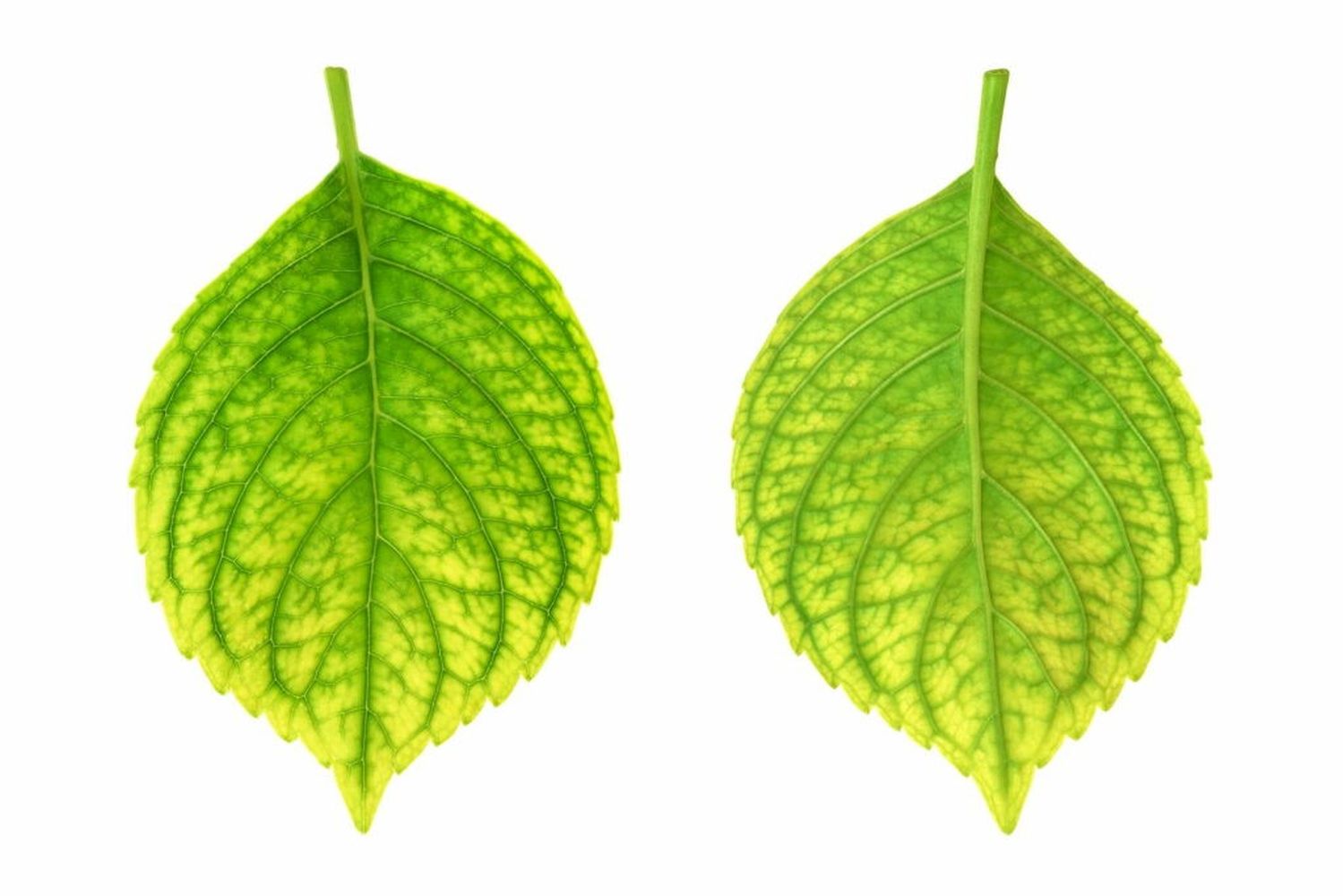How Hydrangea Leaves Turning Yellow can Save You Time, Stress, and Money.
Table of ContentsAn Unbiased View of Hydrangea Leaves Turning YellowHydrangea Leaves Turning Yellow Can Be Fun For EveryoneThe Only Guide to Hydrangea Leaves Turning YellowHydrangea Leaves Turning Yellow - The Facts
Hydrangea plants are known for their stunning flowers, however in some cases their leaves can turn yellow. This is typically a sign that something is wrong and the plant requires your aid.Nevertheless, Hydrangea leaves turning yellow can be a reason for issue. There are a number of reasons Hydrangea leaves turn yellow, and most of them are easy to take care of. Allow's consider one of the most common reasons Hydrangea leaves turn yellow and exactly how to repair them. Hydrangea leaves typically transform yellow when the plant is overwatered.
When the origins of a plant are immersed in water for extended periods, they start to suffocate and rot. This process cuts off the origins' oxygen supply, causing the fallen leaves to transform yellow and ultimately die. Overwatering can additionally bring about various other troubles such as fallen leave drop, origin damages, and fungal growth.
If you assume your Hydrangea is overwatered, the ideal solution is to let the dirt dry out completely before watering once more. It's also a great idea to examine the water drainage of your pot or garden bed and see to it that water is not pooling around the plant's origins. Hydrangea plants need well-drained dirt to prosper.
The Greatest Guide To Hydrangea Leaves Turning Yellow
You need to also make sure that you are not sprinkling your Hydrangea frequently. Watering as soon as a week should be enough, and more frequently if the weather is warm and dry. Hydrangea leaves can likewise turn yellow if the plant is not getting sufficient water. This takes place when the plant does not obtain adequate water, and the soil begins to dry out.

This is understood as "fertilizer melt," It takes place when the plant's roots are revealed to as well much fertilizer. Various other indications of fertilizer shed include brownish or yellow leaves, wilting, and stunted development.
This my latest blog post will aid eliminate any excess plant food from the roots of the plant. It's also a great idea to lower the amount of plant food you are utilizing. Fertilizing as soon as a month during the expanding season needs to suffice. If you are making use of chemical fertilizer, it's ideal to use one that is diluted and applied according to the manufacturer's directions.
The Only Guide for Hydrangea Leaves Turning Yellow

If your Hydrangea is plagued with bugs, treating the plant with neem or horticultural oil is the finest service. It's additionally excellent to remove any type of affected fallen leaves from the plant (Hydrangea Leaves Turning Yellow).
Hydrangea leaves can likewise turn yellow if the temperature level worries the plant. The leaves of the plant will transform yellow and begin to drop off.
If the temperature level worries your Hydrangea, you need to relocate the plant to a click for source place where it will be shielded from the severe cold or warmth. You can likewise try to give the plant with some partial color if exposed to route sunshine. You can also attempt adding compost around the plant base to assist regulate the temperature level.
Hydrangea Leaves Turning Yellow Can Be Fun For Everyone
When the plant's origins are immersed in water for too long, they begin to rot. One of the most usual origin rot symptoms is yellowing fallen leaves, as the fungus avoids the roots from taking in nutrients from the dirt.
Various other indicators of origin rot include stunted development, wilting, and fallen leave decline. Examine the roots of your Hydrangea if it has root rot. If they are black or brownish, then they are probably rotten. If some healthy origins are left, you can attempt to save the plant by replanting it in a new pot with fresh soil.
If your Hydrangea is heavily affected by origin rot, starting with a brand-new plant is best. As Hydrangeas age, their fallen leaves will gradually turn yellow and brown prior to dropping off the plant.
You can help the plant by guaranteeing it this website is getting adequate water and nutrients. One opportunity is that the plant is not getting enough water.